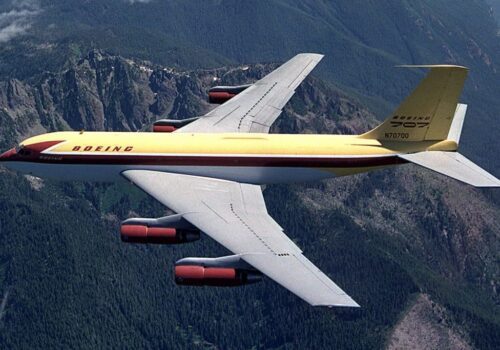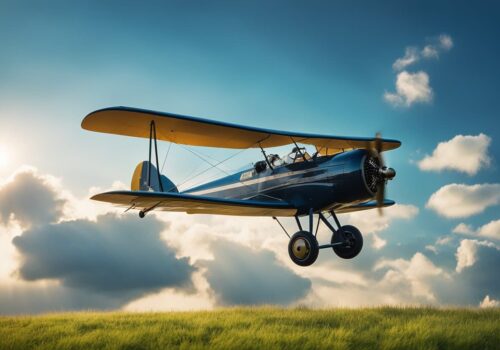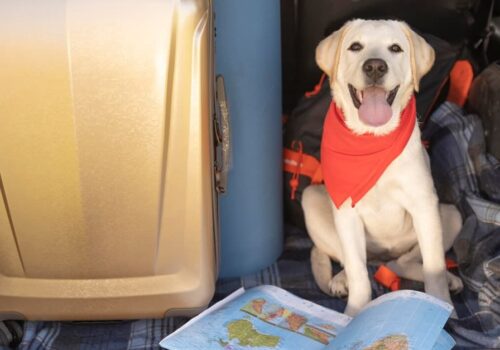SA-2 Sky-Baby
In the early 1950s one of the clear contenders for the title of “the world’s smallest airplane” was the SA-2A Sky Baby. Designed by Ray Stits of Riverside, California, and built with pilot Bob Starr in 1951.
This airplane had a conventional truss fuselage welded from steel tubes, wooden wings, and canvas-clad fender. The power plant consisted of a Continental C-85 engine, rated at 85 hp (62.5 kW). The pilot was accommodated in a usual cockpit. The wings of the plane, made by biplane scheme, had high rigidity and were so small (the span was 2.6 m) that struts and struts were not used; in fact, if struts were installed at the usual place, the pilot simply could not open the door of the cockpit. The aircraft was originally built with a nose strut, but it was replaced with a tail strut to reduce overall height.
The first flight of the SA-2A Sky Baby (N5K) was flown by Bob Starr on May 26, 1952 at Palm Springs, California. The weight limit for the pilot was no more than 77 kilograms (otherwise the alignment would be compromised).
The cockpit of the miniliner was cramped and not particularly comfortable, if only for the reason that the engine of the plane was practically resting against the knees of the pilot, and the pedal, pressed to the maximum, was almost resting against the hood, on which a few centimeters was spinning the propeller.
But, by the way, the Sky Baby had good speed characteristics, Starr even compared it to the Mustang. With a wing area of only 3.39 m2 and a takeoff weight of 205 kg, the Sky Baby was a very fast plane. It had a top speed of 350 km/h, a cruising speed of 266 km/h and a landing speed of 129 km/h.
In 1952, Starr and Stitts toured the States with demonstration flights. The SA-2A was written off and ceased flying in October 1952 after 25 hours of flight time. The plane was eventually donated to the National Air and Space Museum and officially became the smallest airplane in the world (at the time).




